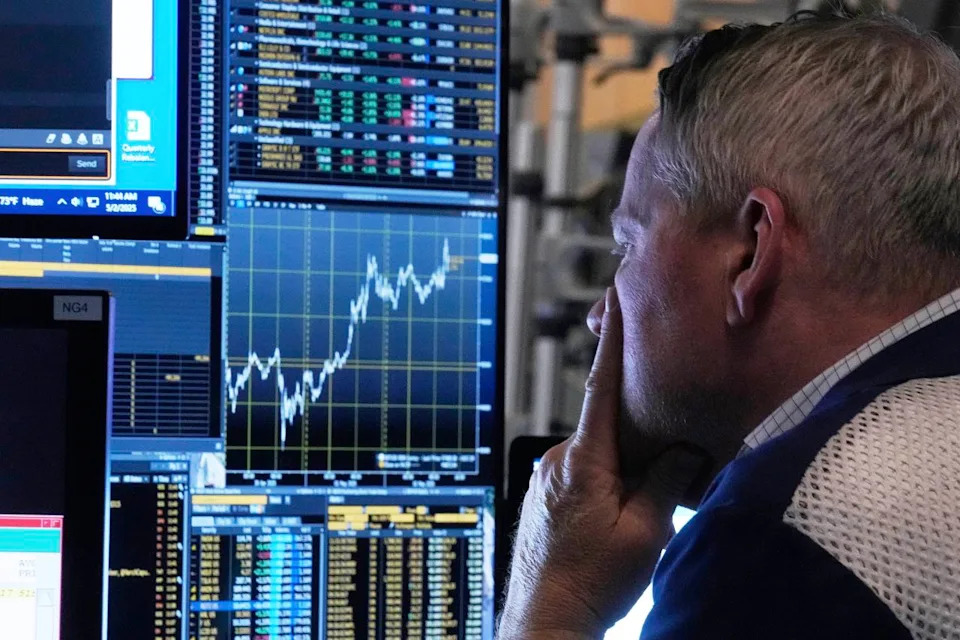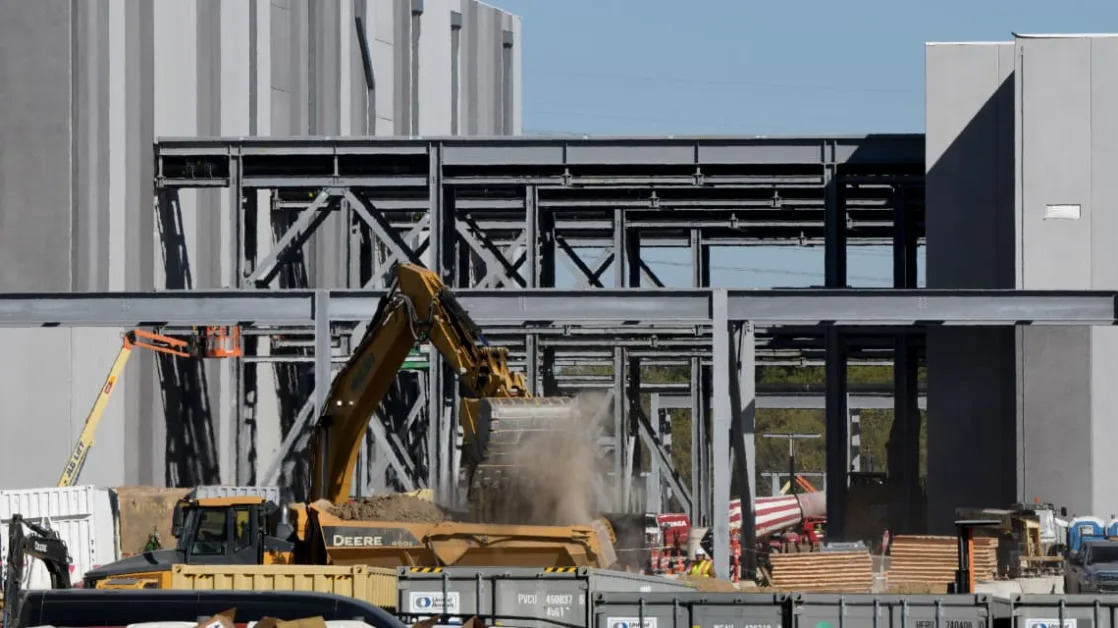
Wall Street’s best forecasters have been warning that tariffs could spark a recession. Goldman Sachs puts the chances at 45% in the next 12 months. Apollo Global Management’s top economist recently pegged it at 90%.
Someone forgot to tell stock traders. The market is roaring ahead, despite those gloomy predictions, as investors put their faith in solid economic data including Friday’s jobs report , and bank on a swift de-escalation of President Trump’s global trade war.
The S&P 500 just wrapped up a nine-day streak of gains—its longest since 2004—rising around 10% to erase the sharp losses that followed the president’s unveiling of the tariffs last month. It has now declined just 3.3% for the year. Bond yields and the dollar have stabilized, suggesting that investors aren’t that worried about what comes next.
“There’s zero chance of an economic slowdown priced in,” said Bob Elliott, chief executive of Unlimited Funds, an asset manager.
Many still expect a slowdown, once broad tariffs work their way through the economy and assuming that sky-high levies on Chinese imports are reduced, but not eliminated. Trump has scaled back some tariffs. But even at lower levels, sustained levies could have cascading effects through the American economy , from consumer spending to business investment to employment, according to many economists.
“With the amount of uncertainty still out there, the equity market rallying back here feels like they’re whistling past the graveyard,” said Tom Porcelli, chief U.S. economist at PGIM Fixed Income.
Investors will get a fresh take on the economy’s health in the week ahead from Federal Reserve Chair Jerome Powell, who is set to deliver remarks at the conclusion of the central bank’s May meeting on Wednesday.
One chief concern for economists: Tariffs on imports from China in particular threaten to raise consumer prices and slow growth, an ugly combination known as stagflation.
That concern is showing up in closely watched surveys, which have recently shown consumer confidence and small-business optimism plunging. But evidence that U.S. consumers have started changing their behavior is scant.
A recent report showed that inflation-adjusted household spending surged by a larger than expected 0.7% in March, possibly spurred by a desire to buy goods before tariffs hit. Investors brushed off data showing the economy contracted in the first quarter, saying it was distorted by businesses that were rushing to import goods ahead of tariffs. Visa said it saw no signs of overall weakness in consumer spending on its cards through April 21.
“I’m watching that credit-card data like a hawk because that will be one of the early warning signals,” said Larry Adam, chief investment officer at Raymond James. “I think we’re past peak uncertainty with tariffs and now we’re at peak uncertainty with the economy.”
In a recent report, economists at Goldman Sachs said it would likely take two to three months before the impact of tariffs shows up in inflation data. A slowdown in consumer spending should follow soon thereafter, they wrote.
Vanguard recently slashed its full-year U.S. economic growth forecast to less than 1%, blaming tariffs and related policy uncertainty. It expects 4% inflation by the end of the year, up from a 2.7% forecast previously.
“The notion that we will just go back to where we were before without any disruption to the economy is certainly on the optimistic side,” said Kevin Khang, senior international economist at the $10 trillion asset manager.
While stock gains have been strong overall, there are signs of concern below the surface. A handful of megasize tech companies that reported strong earnings have been a major driver of the rebound. And consumer-staples and utilities stocks—often viewed as hide-outs in bad times—have been outperforming, while the economically sensitive energy and consumer-discretionary sectors have lagged behind.
Traders in other markets are clearly positioning for at least a slowdown in growth. Traders in interest-rate futures are now confident that the Fed will cut rates at least three times this year, reflecting expectations that the central bank will need to support the economy with easier monetary policy. Bettors on Kalshi, a prediction market, see a 63% chance of a recession this year, up from around 40% in March.
The rebound in stocks has been all the more surprising because it has come despite a stubbornly high 10-year U.S. Treasury yield—a key benchmark for prices of virtually all financial assets.
The 10-year yield has, in fact, declined from its recent peak in April at the height of a post-April 2 “Sell America” rout. But it is little changed from mid-March, propped up by anxiety about inflation and weighed down by concern about growth.
Combined with the rebound in stock prices, that means investors are still being poorly compensated by historical standards for the risk of owning stocks over Treasurys.
One popular measure of that compensation is the “excess CAPE yield,” which shows the gap between the S&P 500’s cyclically adjusted earnings yield—the inverse of its price/earnings ratio—and the 10-year Treasury yield, both adjusted for inflation.
At the end of April, that extra yield was only 1.8%. That was about half its 50-year average, up a touch from 1.7% in March and lower than in September.
Write to Jack Pitcher at jack.pitcher@wsj.com and Sam Goldfarb at sam.goldfarb@wsj.com





